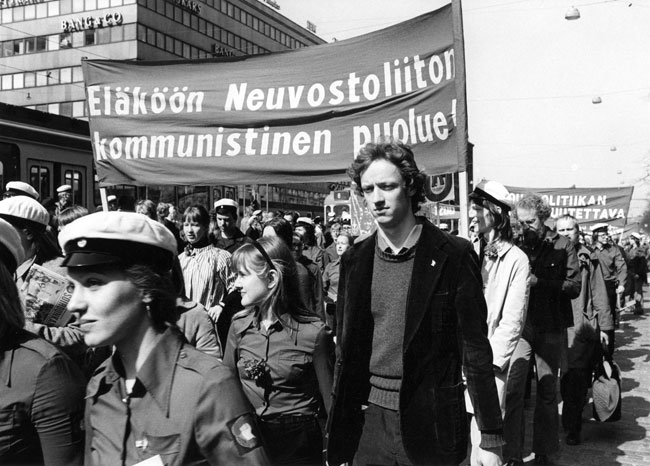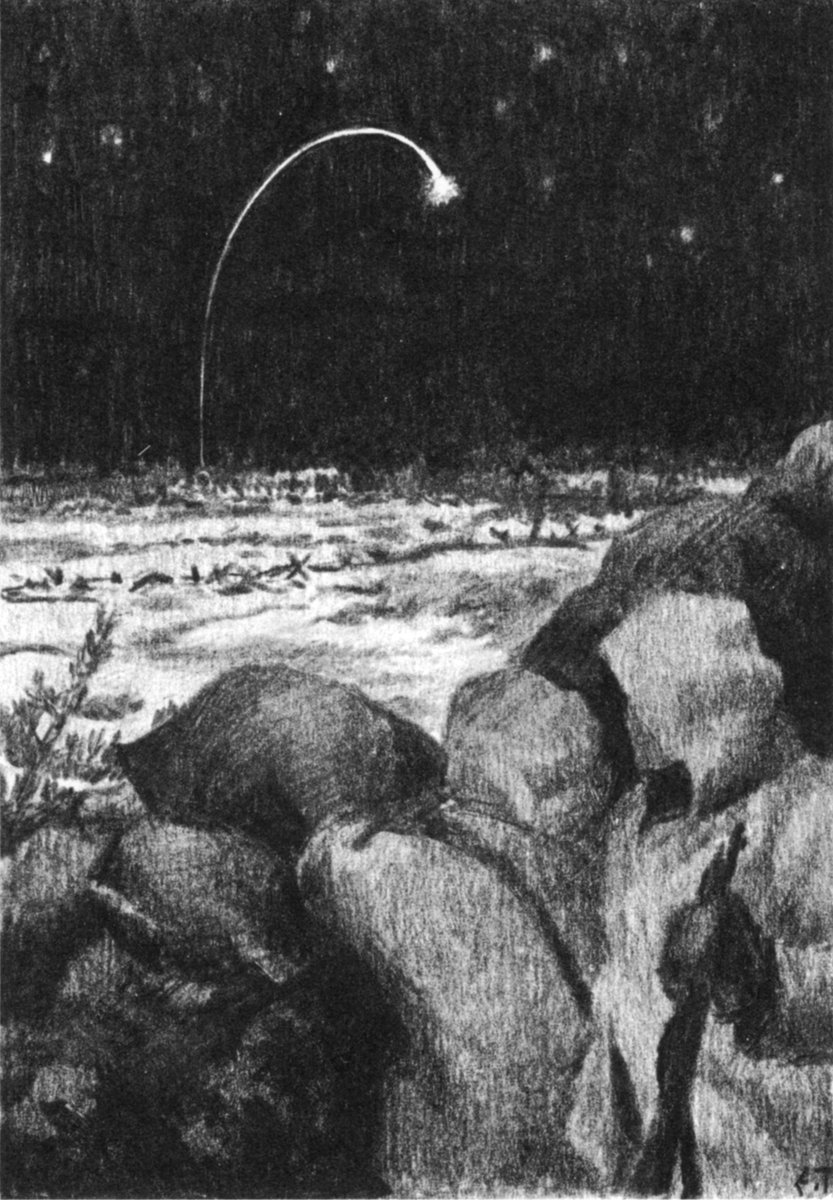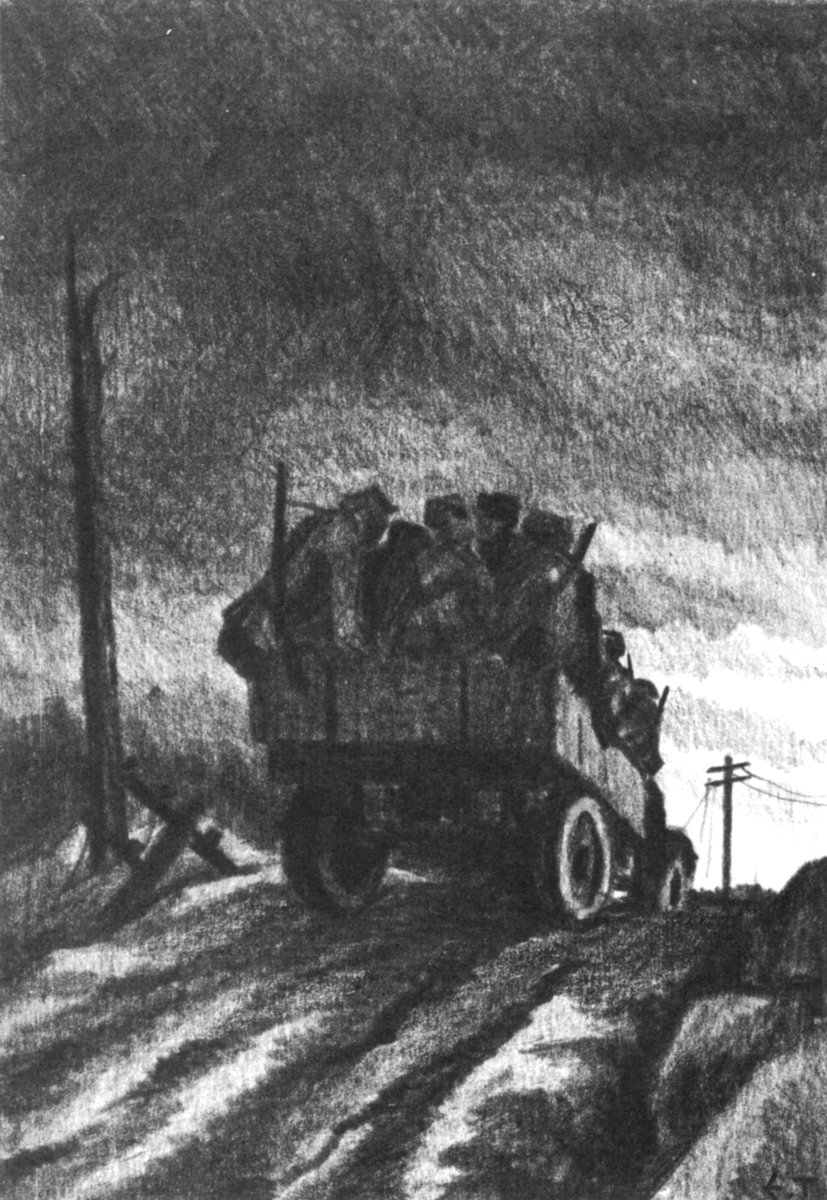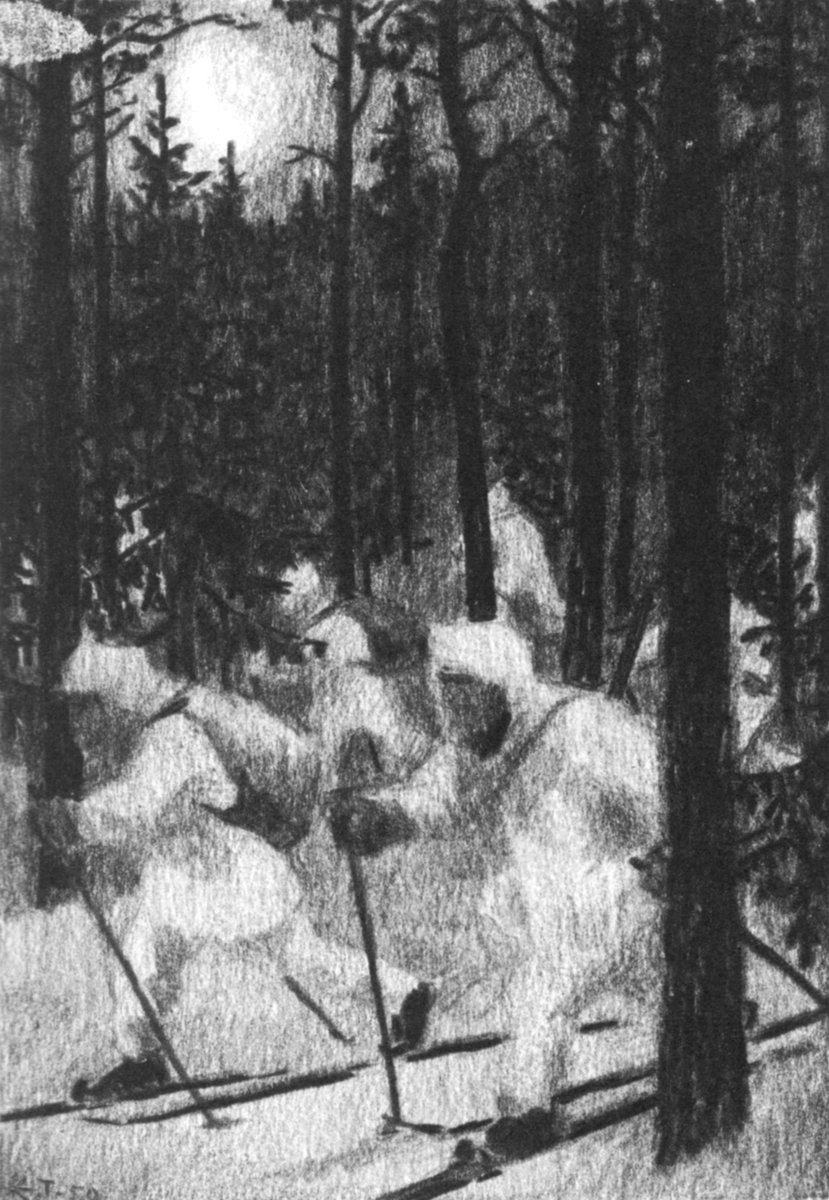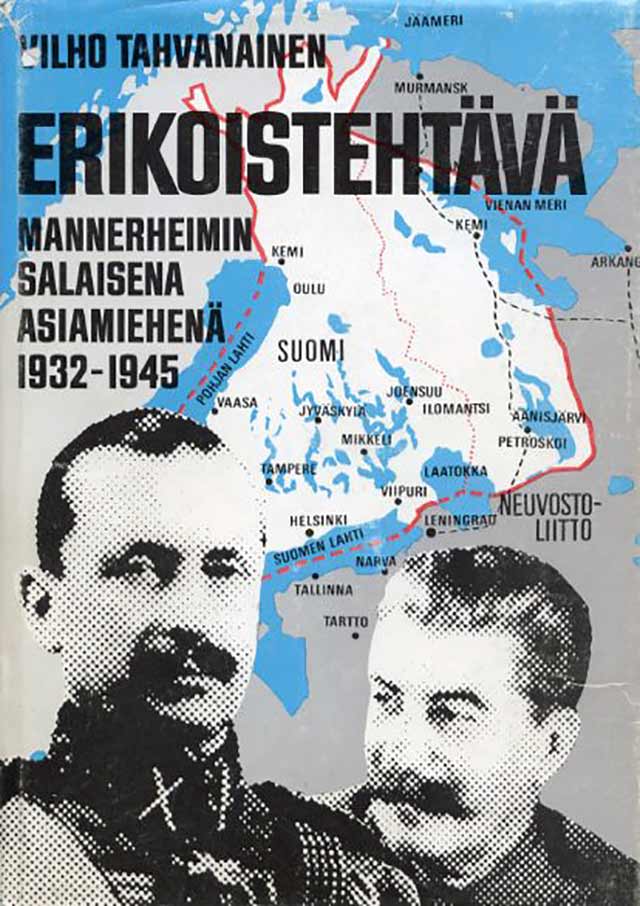Thread on the ideology and history of the Patriotic People’s Moment (Isänmaallinen Kansanliike - IKL)
0/31
0/31

IKL was founded as the continuation of the Lapua movement after it had been banned as a result of their failed Mäntsälä Rebellion. It was clear that the new movement would have to abandon their vigilantism and violence. 1/31
https://twitter.com/m39_respecter/status/1203755849648349187
The Lapua movement had brought together the entire radical right in Finland. Now the different factions started to contend over what direction IKL would take. Its leadership quickly became staffed by members of the Academic Karelia Society. 2/31
https://twitter.com/m39_respecter/status/1191795348160864256
While the Lapua movement had been uninterested in Language politics, AKS would make IKL adopt a Fennoman program. This alienated Swedish-speaking supporters of the Lapua movement, but AKS saw it necessary in order to achieve national rebirth. 3/31 





The Lapua movement was opposed to political parties, which it saw as artificially diving the nation. These ideas would be developed further in IKL, influenced by Italian Fascism and their Corporatism. 4/31 



Like the Lapua movement, It continued to oppose Marxism and the Soviet Union. IKL also adopted pan-Finnic ideas of the AKS and opposed Soviet control of Karelia and Ingria. 5/31 

Vihtori Kosola, the infamous leader of the Lapua movement was kept as the organization’s figurehead and formal leader, but the real power laid with intellectuals such as Professors Vilho Annala and Bruno Salmiala. 6/31 



Under the leadership of Annala, IKL decided to partake in elections and formed into a political party, although the movement saw itself as being above party politics. In 1933 elections, it campaigned on an anti-communist, pro-military platform... 7/31 



...and pooled with the right-wing National Coalition. IKL got 14 seats out of 200 and formed their own group. They would have little effect in the parliament and their situation would not change much with subsequent elections. 8/31 



Because of IKL’s uncompromising nature and ideology, other parties refused to work with them in the parliament. On the Left, IKL were seen as fascists, who wanted to suppress the workers, while on the Right, they were compared to communists. 9/31 



The biggest difference between IKL and the Lapua Movement was the class-collaboration advocated by IKL. They started a labor organization to improve workers conditions and advocated for reforms such as minimum wage in their program. 10/31 



IKL envisioned a Corporatist system in Finland. Parties had to be dissolved and society had to be organized according to natural social divisions. IKL’s corporatist system was a combination of direct democracy and a professional government. 11/31 



IKL theorized about the Leader Principle but never attempted it in practice. Vihtori Kosola was not a capable leader in parliamentary politics and he would be deposed by other party leaders. 12/31 

IKL developed close ties with Italian Fascists. Mussolini wanted Italy to be an example for all Fascist movements and to counter Hitler’s influence, and sent an envoy to Finland in 1935. 13/31 

Although IKL was influenced by Fascism, its ideology was more closely linked to 19th century Finnish nationalism, which emphasized a national and religious awakening in all social classes. 14/31 

IKL enjoyed most support among wealthy farmers, academics and the clergy. IKL had many clergymen in its leadership and held Christianity as the cornerstone of Finnish identity. 15/31 





IKL admired Hitler’s achievements in Germany, but was opposed to anti-Christian and pagan elements in Nazism. In Germany, the poor success of IKL was seen as a failure to win over the workers and the movement was dismissed as being too reactionary. 16/31 

In foreign policy, IKL was opposed to the League of Nations and saw the Nordic countries as unreliable allies, because of their Social democrat governments and the Åland dispute with Sweden. Only a militarily strong Finland had any hope of resisting Russia. 17/31 

The anti-capitalist, anti-Swedish and anti-Freemason stances of IKL made it lose the support of the wealthy industrialists, who had sponsored the Lapua movement. To finance its activities, IKL started small businesses and operated a restaurant chain. 18/31 

They adopted a uniform, which they sold to their members. Their blue neckties and black shirts were inspired by the black clothes worn by modest revivalist Lutherans, as well as the Italian Blackshirts. 19/31 

Their Uniforms, organization skill and mass meetings made IKL unlike any other party in Finland. Even though their success in the elections was limited, they had more active members than other parties. By the late 30s, their membership was close to 80 000. 20/31 







IKL’s opponents saw them as working towards a dictatorship and wanted them banned. In 1934, a law, which forbade political uniforms as well as an incitement law, were drafted to hinder the activities of IKL. 21/31
The biggest opponent of IKL was Urho Kekkonen from the Agrarian League. He claimed IKL was a foreign, Nazi inspired attempt to overthrow Finnish democracy. In his eyes, anti-democratic means had to be used to protect democracy. 22/31 

In 1938, as interior minister, he started a legal process which aimed to ban IKL. However, their legal experts, Bruno Salmiala and Rauno Kallia successfully defended their movement in the courts and to the dismay of Kekkonen, IKL was allowed to continue in politics. 23/31 



In 1939, the worst fears of IKL came true. In the winter war, Finland was left without allies and its army was poorly equipped due to cuts in defense spending. Before the war, IKL had criticized the poor defense policy but its warnings had fallen on deaf ears. 24 /31 

However, the war years created an atmosphere of national unity in Finland, something which the party had advocated since its inception. In 1941, IKL was accepted into the government and Vilho Annala became the minister of transportation. 25/31 



During the continuation war, IKL married itself with German war goals because it saw that a German victory would lead to a creation of a Greater Finland. Its members also helped organize the recruitment of Finnish SS volunteers. 26/31 





IKL remained stubbornly on Germanys side even when it faced a military defeat. IKL opposed a separate peace with Russia and wanted Finland to continue fighting. In the end, they were forced to accept the 1944 armistice. 27/31
IKL was banned in the peace treaty. Many of its members left politics, some moved to the National Coalition and other right-wing parties. Vilho Annala and Bruno Salmiala continued their careers in academia. 28/31 

IKL was a party which opposed all parties, advocated for a strong leader even though it didn’t have one and strove towards national unity when everyone else saw them as divisive. Ultimately, their ideology was vindicated in the war years. 29/31 

Although IKL wasn’t very influential in its time, many of its proposed changes to Finnish democracy would eventually happen. These included: Getting rid of the electorate and moving to popular vote in Presidential elections, Referendums and national income policy agreements. 30/
The source for this thread was “Sinimusta Veljeskunta” by historian Mikko Uola. 31/31
• • •
Missing some Tweet in this thread? You can try to
force a refresh














